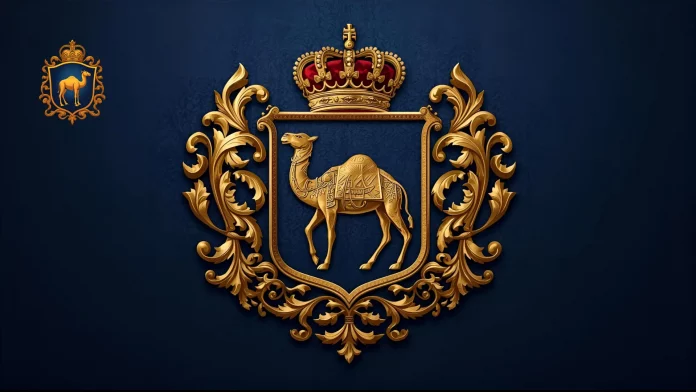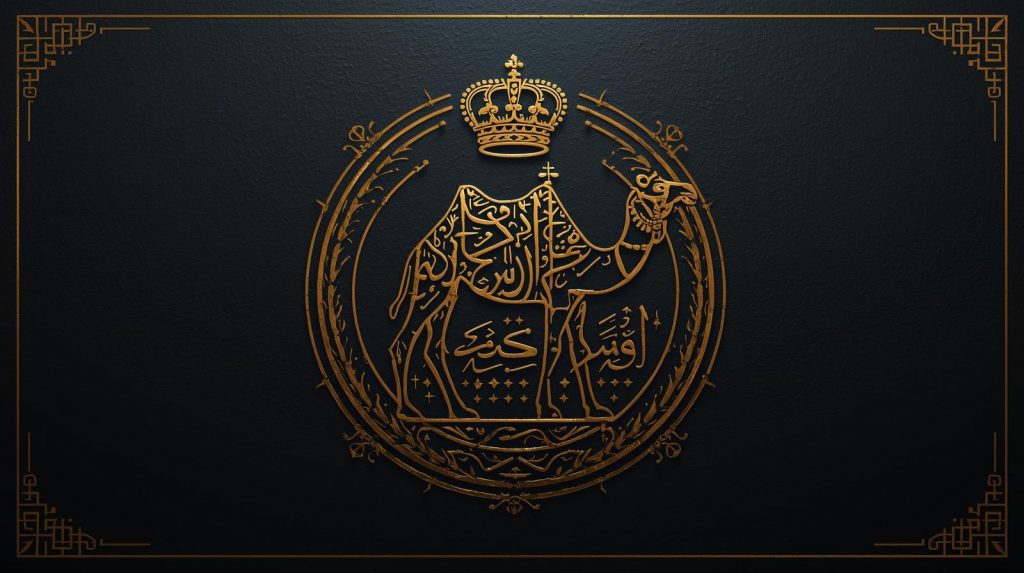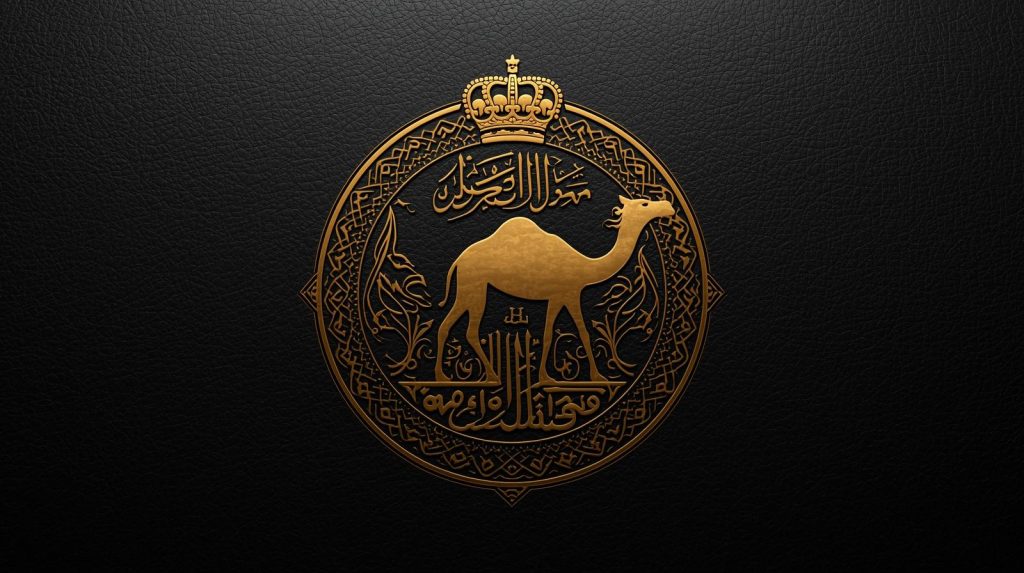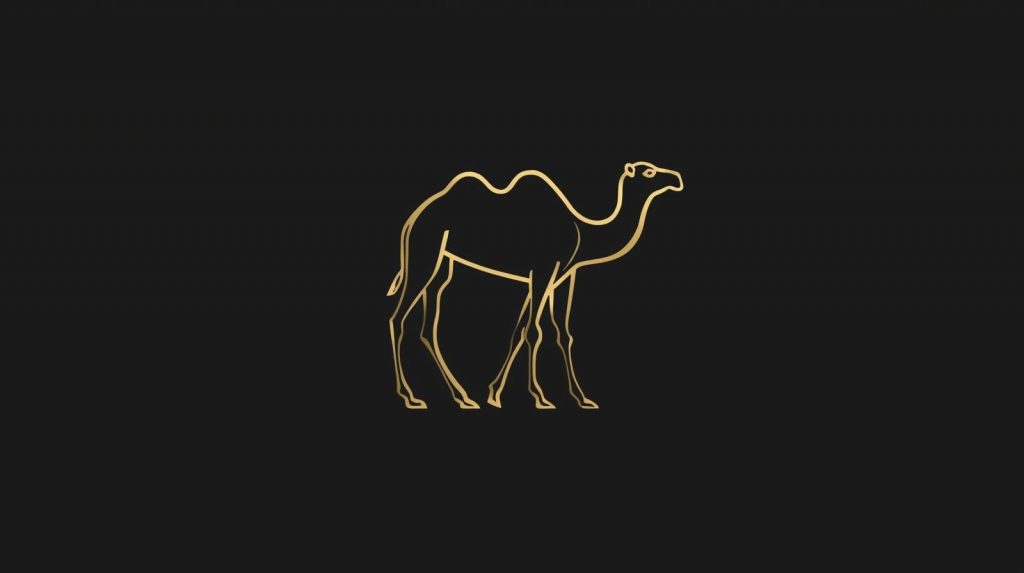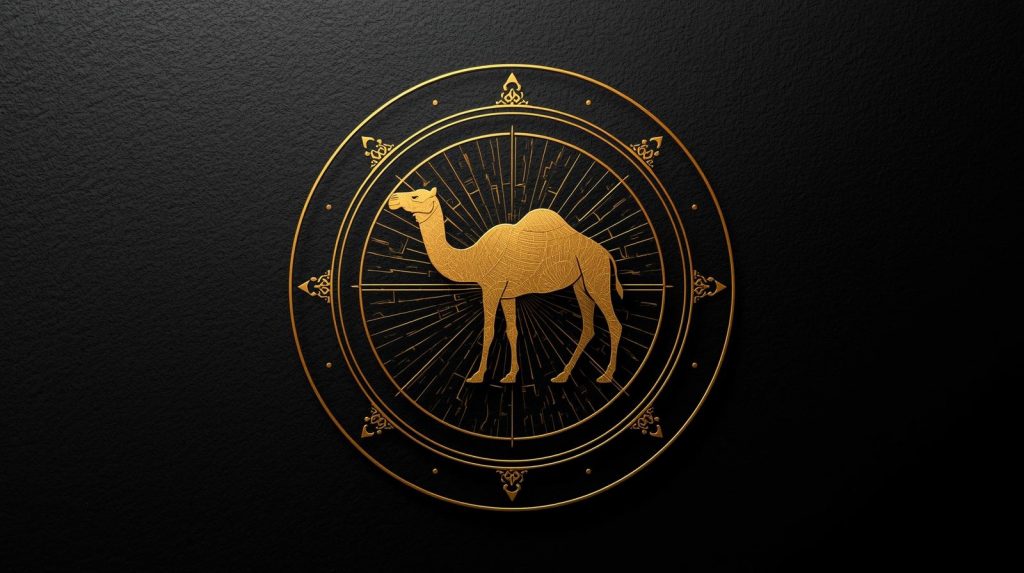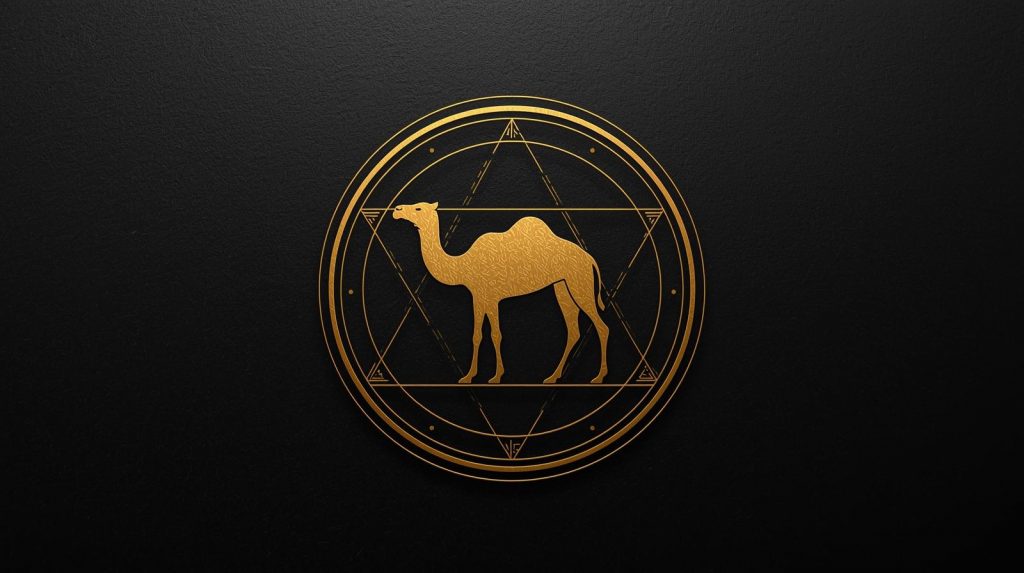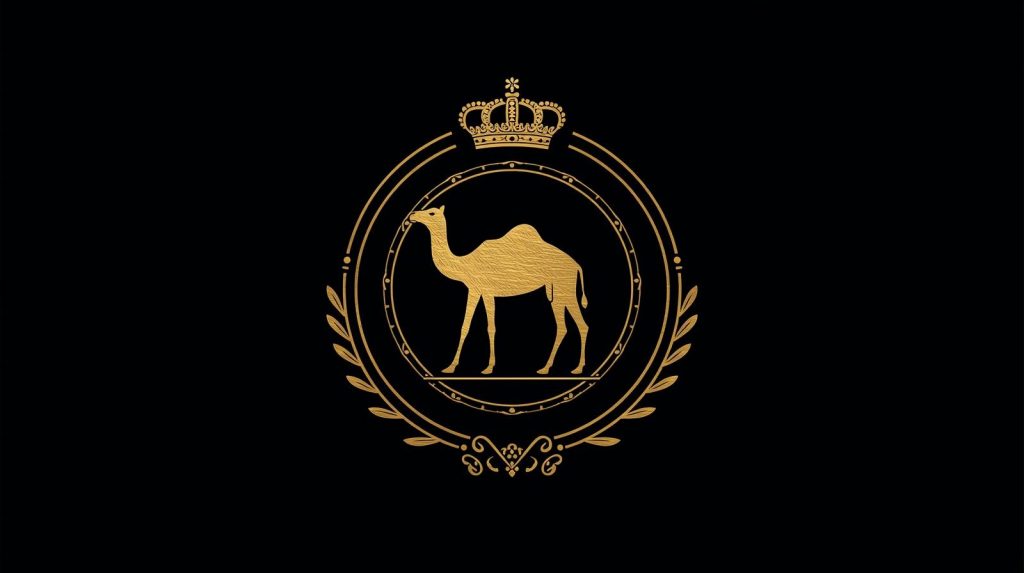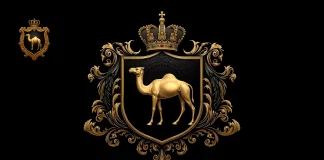Prologue — A Quiet Truth
True legacy doesn’t live in vaults.
It lives in people — and outlives them.
For generations, we treated wealth as the measure of success.
But money fades. Assets erode. Brands disappear.
Names that once carried prestige dissolve into history without a trace.
The 21st century is redefining value.
For the first time, the cultural memory of a civilization can outlive material treasure — not because technology is stronger than gold, but because meaning is stronger than ownership.
We are entering an era in which legacy outweighs capital,
and those who understand this shift will form a new kind of elite — not defined by fortune, but by their influence on eternity.
The World Once Measured Value by Quantity — Not Meaning
Success was defined by numbers:
by properties, accounts, collections, assets, foundations, family wealth.
But here is the flaw:
Anything that can be bought — can be lost.
Wealth is never truly yours. You are merely its temporary keeper.
It can be stolen, seized, taxed, frozen, devalued, transferred, blocked, or forgotten.
And if its relevance ends with your lifetime,
it isn’t legacy — it is a rental in the archives of history.
For too long, we confused possession with permanence.
But permanence is not stored in banks.
It lives in the cultural meanings that outlast their creators.
Legacy Is Not What You Leave to Your Children — It’s What Survives Them
There are two kinds of marks a person leaves behind:
The mark of possession — which fades when they do.
The mark of meaning — which continues without them.
You may pass on business, property, or capital — and the next generation may lose it within years.
But if you pass on a story, a symbol, an idea, a cultural code — it can live on, even if the name disappears.
Meaning is a form of immortality.
It cannot be auctioned.
It cannot be stolen.
It can only be carried across time.
In a world accelerating into noise and ephemerality, the demand is shifting — from assets you can hold, to pieces of the eternal you can belong to.
Ecosystems of Meaning Outlive Economies of Ownership
The world has been moving toward this realization for decades, but now it is undeniable:
- Story outweighs product
- Idea outweighs brand
- Identity outweighs market
Apple triumphed not through hardware, but through philosophy.
Tesla — not through cars, but through vision.
Kings, creators, and culture-shapers always knew:
true ownership belongs to those whose ideas survive time.
And now, for the first time in history, digital forms of meaning may outlast the physical ones.
A coin that once carried the history of an empire could be lost to sand.
But a cultural symbol, once given a digital form rooted in meaning, may endure for centuries.
Digital Legacy — The New Shape of Immortality
We now hold a tool that allows us not just to preserve art or history, but to carry cultural codes forward — beyond geography, beyond institutions, beyond mortality.
Digital legacy is not files.
Not pixels.
And certainly not “tech.”
It is the continuation of meaning beyond body and time.
Legacy once required bloodlines, dynasties, temples, libraries, land, archives, and the permission of rulers.
Now, it can live where no borders exist.
Where legacy was once inherited by the few born into the right lineage,
this new era offers it to those who are able to feel it — and willing to carry it.
Symbols Outlive Their Holders. Always.
Owners are temporary.
Symbols are eternal.
When a person dies, their capital dies with them.
When a generation fades, its tastes and habits vanish.
But symbols cross centuries — shifting form, never essence.
A symbol is not an object.
It is an idea people choose to carry forward.
Pharaohs left this world — yet the Ankh remains.
Empires collapsed — yet the Chinese dragon lives.
Rulers changed — yet the crescent continues to embody faith and strength.
A symbol is the only “currency” untouched by time.
Because it does not belong to an owner — it belongs to a culture.
The East Knew What the West Is Only Beginning to Understand
In the East, wealth was never confused with legacy.
Respect belonged not to those who owned,
but to those who embodied meaning.
The West believed value was created by markets.
The East knew value was created by time.
The West trusted in technology.
The East understood that wisdom survives technology.
And as the world accelerates, Eastern philosophy becomes the key:
time over money,
meaning over possession,
culture over commerce.
The desert remains the greatest teacher:
it strips away everything unnecessary, leaving only essence.
What survives the sand
will be treasured among the stars.
In an Age of Digital Noise, Only Cultural Code Will Endure
The digital world has given a voice to billions — and most of them shout.
But the louder the noise, the more precious the quiet truths that don’t seek attention — they simply remain.
In this new era, survival belongs not to what is louder,
but to what is truer.
Algorithms change.
Platforms die.
Trends burn out faster than a spark.
But a cultural code woven into a symbol
is immune to obsolescence.
It doesn’t live on hype.
It lives in human consciousness — passed on like a torch.
And for the first time in history, we can carry cultural code in digital form, without distortion and without gatekeepers.
Where the Ancient Meets the Future: When a Symbol Takes Digital Form
In the past, for a symbol to become legacy, it needed temples, manuscripts, dynasties, stone, metal, and centuries.
Today, a symbol can live on the blockchain —
not as a collectible, but as a continuation of its story.
This isn’t about NFTs as technology.
It is about a symbol entering a new dimension, where it cannot be lost, burned, altered, stolen, or silenced.
The digital form is not a replacement for the past.
It is a way of saying:
“What survived time will now survive the age of the internet.”
When an ancient symbol meets digital permanence,
a new kind of legacy emerges —
one that is continuous, borderless, and alive beyond mortality.
Legacy Doesn’t Need an Owner — It Needs a Carrier
There is a profound difference between owning and carrying.
Ownership says:
“This is mine.”
A legacy-carrier says:
“This must outlive me.”
Owners seek benefit.
Carriers seek meaning.
Ownership is a transaction.
Carrying legacy is a commitment to time.
In the digital era, legacy is no longer reserved for those born into it —
it can be continued by those who recognize its meaning and choose to bear it.
We are entering an age where people will seek not collections, but missions —
not possession, but belonging to something greater than themselves.
The East Gave the World a Symbol of Endurance, Wisdom, and the Path — the Camel
If one symbol of the East could explain not only survival but the depth of meaning, it would be the camel.
The camel is not merely an animal of the desert.
It is a living metaphor for the one who can endure the journey, hold time within, preserve energy, and carry history into new lands.
It carried culture, trade, knowledge — weaving civilizations together.
It connected cities and destinies.
It was a bridge between worlds — the physical and the spiritual — for it transported not only goods, but stories.
And it never sought applause.
It simply fulfilled its purpose.
And by doing so — it outlived everything.
If the East gifted humanity one timeless lesson, it is this:
“Those who endure the journey become the legend.”
Royal Camel: Not a Project, but a Continuation of a Cultural Code
In a world where most digital initiatives are born from ambition to “sell,” “go viral,” or “ride a trend,” Royal Camel did not emerge from the market — it emerged from meaning.
Royal Camel is not about a collection.
Nor is it about NFTs.
It is about carrying a symbol that has already survived centuries into a form that will allow it to survive the next ones.
This is not an attempt to make a symbol fashionable.
It is the recognition that the symbol is already timeless — and our responsibility is to guide it into the future.
If ancient eras required caravans to carry culture,
this new era will give the caravan digital wings.
Royal Camel is not an object of ownership —
it is an invitation to belong to legacy.
Why the New Elite Will Choose Legacy Over Wealth
The age of “first money” is ending.
The era of “old money” is losing its charm.
We are entering the age of eternal meaning.
The new elite will not ask:
“How much did you acquire?”
They will ask:
“What are you part of?”
“What will outlive you?”
“Which cultural code did you help continue?”
Status in the future will not be measured by income,
but by the depth of one’s contribution to cultural continuity.
Those who understand first that digital legacy is a new form of immortality
will become the founders of a new class — not defined by capital, but by the magnitude of their imprint.
Not Everyone Is Meant to Understand — But Those Who Do, Will Feel It Instantly
Legacy is not designed for the majority.
Most people seek profit, convenience, speed, spectacle, and quick results.
They need reassurance.
But legacy has never offered reassurance.
It offers meaning.
Not everyone will hear this frequency — and that is not a flaw.
It is a filter.
Those who recognize true value have always been the minority.
They don’t wait for validation or trend signals.
They simply know when something is theirs.
Royal Camel is not meant to be appealing to everyone.
It is meant to be recognized by those who see their own reflection in it.
Belonging to Legacy Cannot Be Bought — It Is Chosen
In the world of money, almost everything can be purchased.
Almost.
But there are things that are acquired not by transaction,
but by an inner readiness to carry them.
Belonging to legacy is not a purchase —
it is a decision:
“I will not merely own this — I will carry it forward.”
It is a responsibility toward time.
Toward culture.
Toward those before us, and those who will come after.
Anyone can buy a piece of art and hang it on a wall.
But to become part of a symbol that continues a story —
that is different.
That transforms a collector into a custodian of meaning.
The Next Aristocracy Will Gather Not Around Tables — But Around Meaning
Once, aristocracy belonged to those who owned land.
Later — to those who owned capital.
Then — to those who owned attention.
The next aristocracy will belong to those who carry legacy and continue it.
They will unite not by bloodline, wealth, or geography,
but by values that outlive them.
They will not be bound by markets, but by mission.
Not by trend, but by depth.
Not by noise, but by meaning.
And when the world understands that to have is less than to belong,
a new center of cultural gravity will emerge —
led by those who chose not to own legacy,
but to serve it.
Finale — A Quiet Strike to the Heart
We are living in a rare moment in history.
For the first time, we can carry a symbol that has survived centuries
into a realm where time has no dominion.
Royal Camel is not a collection,
and it is not a trend.
It is a bridge between the past and the eternal —
a legacy that can not only be remembered,
but continued.
Years from now, when someone opens the digital archives of cultural symbols,
there will be thousands of projects forgotten faster than they appeared.
But there will also be those that carried meaning.
What outlives us is never born from loud launches or perfect timing.
It is born from a quiet conviction:
“This must live on.”
We do not feel such things with logic.
We feel them with the part of us that recognizes destiny.
And if something within you responded — even softly —
then you already know:
You are not merely reading history.
You are standing at the threshold
of becoming part of it.

